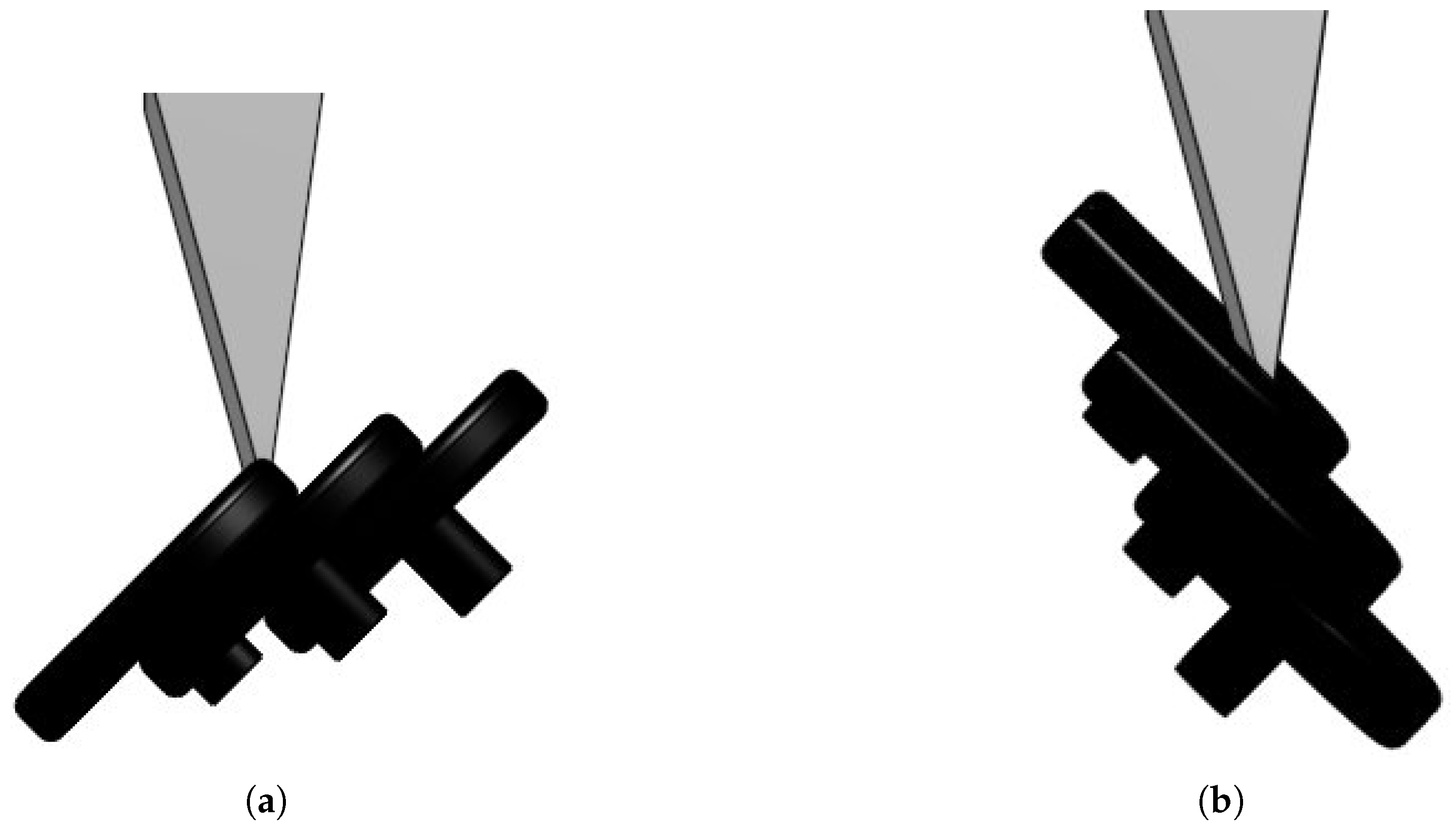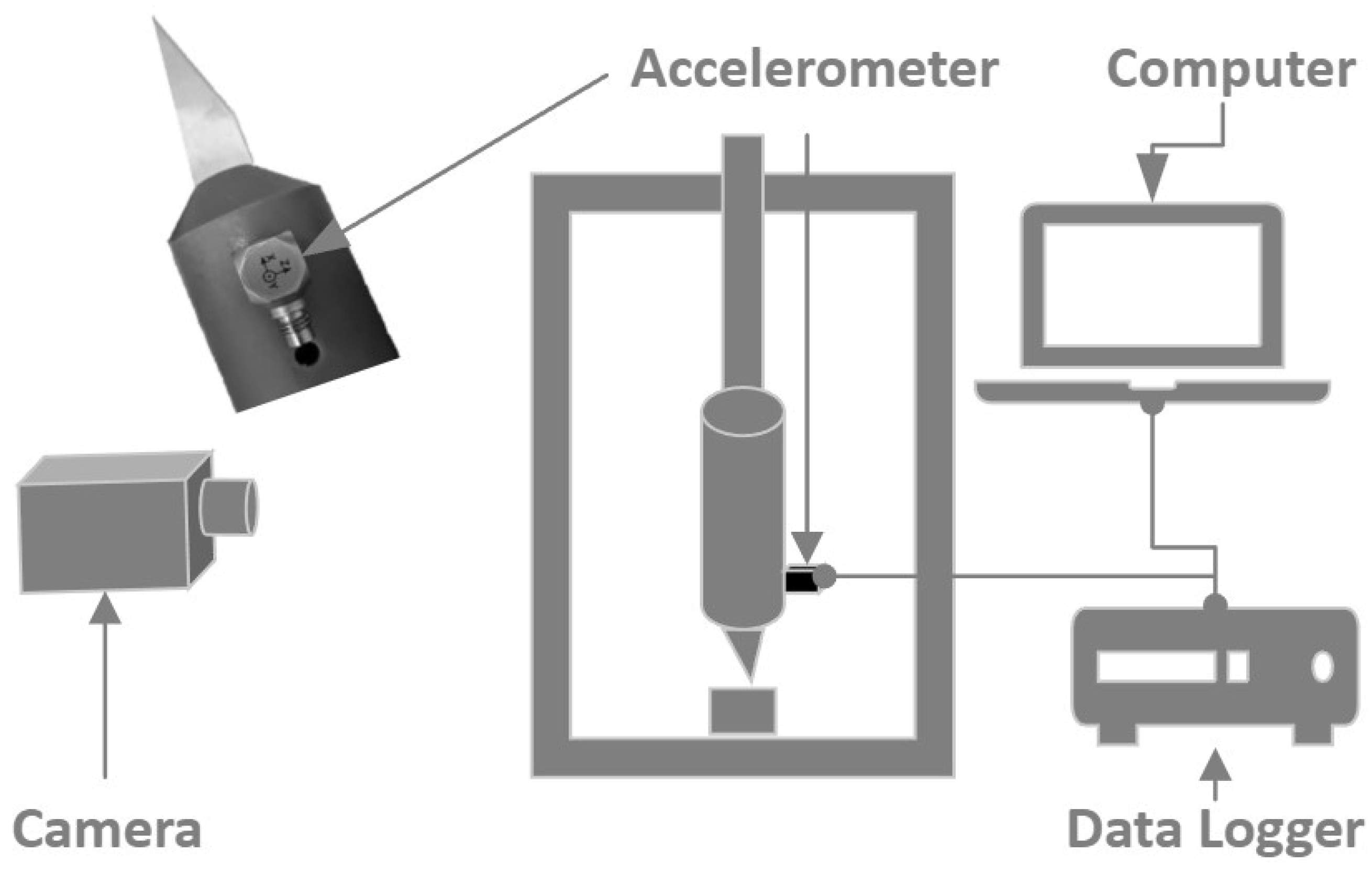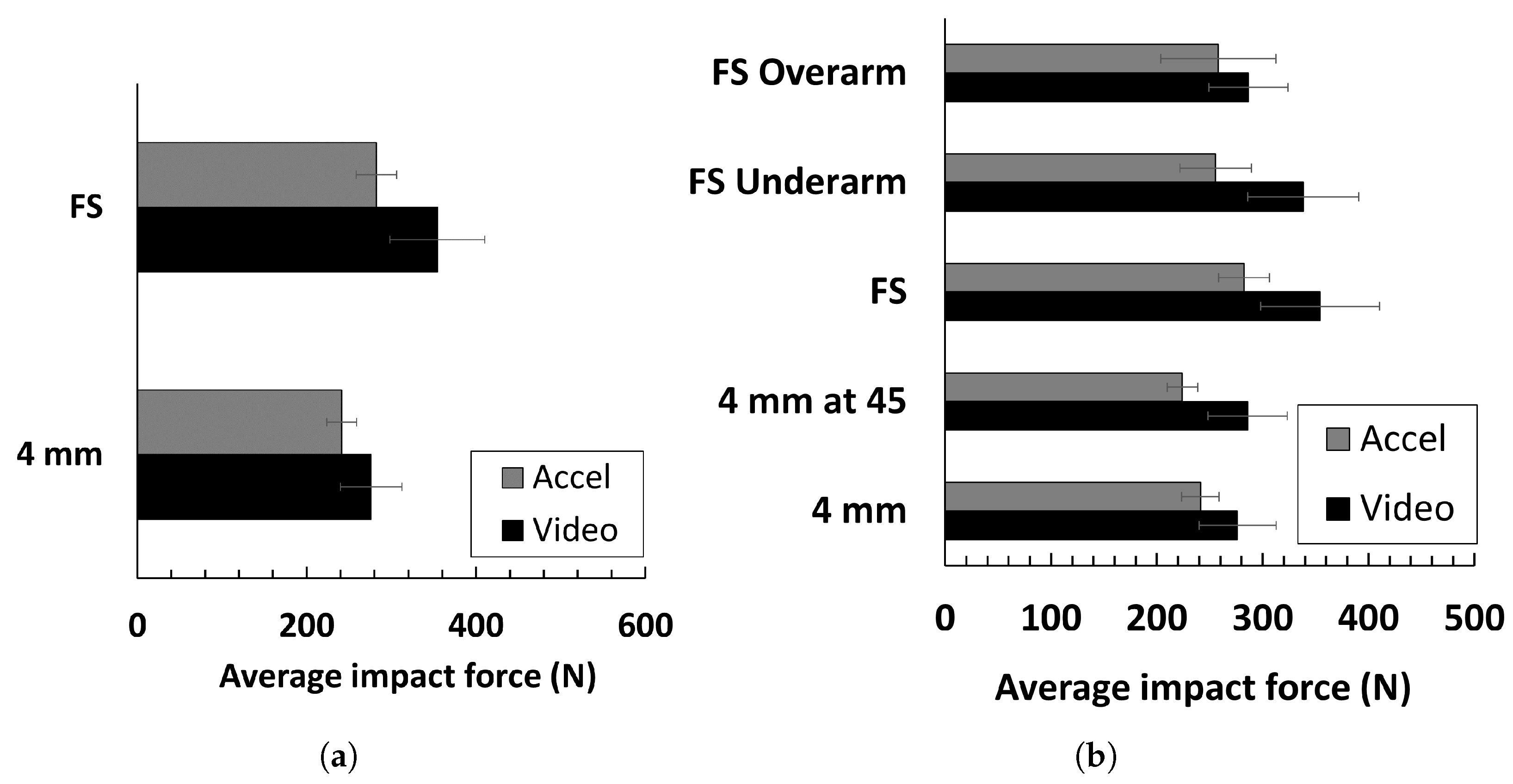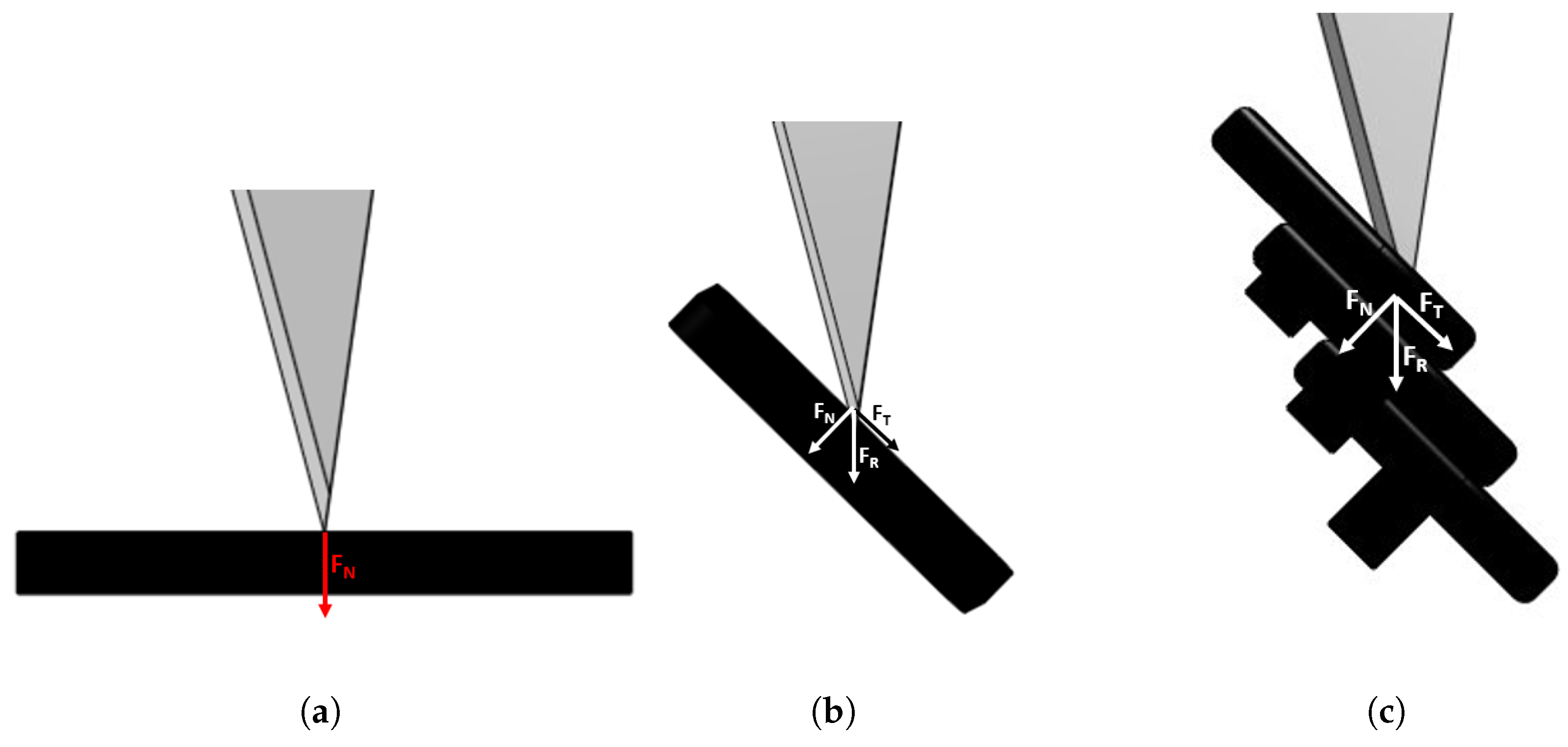Fish Scale-Inspired Stab-Resistant Body Armour †
Abstract
1. Introduction
2. Materials and Methods
3. Results and Discussion
4. Conclusions
Author Contributions
Funding
Institutional Review Board Statement
Informed Consent Statement
Data Availability Statement
Conflicts of Interest
Abbreviations
| HOSDB | Home Office Scientific Development Branch |
| KR | Knife resistance |
| FPS | Frames per second |
| AMBA | Additively manufactured body armour |
References
- Allen, G.; Burton, M. Knife Crime in England and Wales: Statistics; House of Commons Library: London, UK, 2023; pp. 205–214.
- Kawano, S. When natural armour does more than protect. J. Exp. Biol. 2017, 220, 3840. [Google Scholar] [CrossRef][Green Version]
- Miranda, P.; Pajares, A.; Meyers, M.A. Bioinspired composite segmented armour: Numerical simulations. J. Mater. Res. Technol. 2019, 8, 1274–1287. [Google Scholar] [CrossRef]
- Yuan, M.; Liu, Y.; Gong, Z.; Qian, X. The application of PA/CF in stab resistance body armor. IOP Conf. Ser. Mater. Sci. Eng. 2017, 213, 12–27. [Google Scholar] [CrossRef]
- Cicek, U.I.; Southee, D.J.; Johnson, A.A. Assessing the stab resistive performance of material extruded body armour specimens. Int. J. Prot. Struct. 2022, 14, 1–22. [Google Scholar] [CrossRef]
- Johnson, A.A.; Bingham, G.; Majewski, C. Laser sintered body armour–establishing single layer stab protection. Rapid Prototyp. J. 2018, 24, 130–137. [Google Scholar] [CrossRef]
- Johnson, A. Establishing Design Characteristics for the Development of Stab Resistant Laser Sintered Body Armour. Ph.D. Thesis, Loughborough University, Loughborough, UK, 2014. [Google Scholar]
- Porter, M.M.; Ravikumar, N.; Barthelat, F.; Martini, R. 3D-printing and mechanics of bio-inspired articulated and multi-material structures. J. Mech. Behav. Biomed. Mater. 2017, 73, 114–126. [Google Scholar] [CrossRef] [PubMed]
- Browning, A.; Ortiz, C.; Boyce, M.C. Mechanics of composite elasmoid fish scale assemblies and their bioinspired analogues. J. Mech. Behav. Biomed. Mater. 2013, 19, 75–86. [Google Scholar] [CrossRef] [PubMed]
- Payne, T.; O’Rourke, C.M.S. HOSDB Body Armour Standard (2017). Available online: https://www.gov.uk/government/publications/home-office-body-armour-standard-2017 (accessed on 24 January 2023).
- Guo, Y.; Yuan, M.; Qian, X.; Wei, Y.; Liu, Y. Rapid prediction of polymer stab resistance performance. Mater. Des. 2020, 192, 108721. [Google Scholar] [CrossRef]
- Watson, C.H.; Horsfall, I.; Champion, S.M.; Harrod, I. Blade Sharpness and its Effect on the Testing of Body Armours; Cranfield University: Bedford, UK, 2002. [Google Scholar]






Disclaimer/Publisher’s Note: The statements, opinions and data contained in all publications are solely those of the individual author(s) and contributor(s) and not of MDPI and/or the editor(s). MDPI and/or the editor(s) disclaim responsibility for any injury to people or property resulting from any ideas, methods, instructions or products referred to in the content. |
© 2025 by the authors. Licensee MDPI, Basel, Switzerland. This article is an open access article distributed under the terms and conditions of the Creative Commons Attribution (CC BY) license (https://creativecommons.org/licenses/by/4.0/).
Share and Cite
Sharma, S.; Alam, P. Fish Scale-Inspired Stab-Resistant Body Armour. Mater. Proc. 2025, 20, 6. https://doi.org/10.3390/materproc2025020006
Sharma S, Alam P. Fish Scale-Inspired Stab-Resistant Body Armour. Materials Proceedings. 2025; 20(1):6. https://doi.org/10.3390/materproc2025020006
Chicago/Turabian StyleSharma, Sidharath, and Parvez Alam. 2025. "Fish Scale-Inspired Stab-Resistant Body Armour" Materials Proceedings 20, no. 1: 6. https://doi.org/10.3390/materproc2025020006
APA StyleSharma, S., & Alam, P. (2025). Fish Scale-Inspired Stab-Resistant Body Armour. Materials Proceedings, 20(1), 6. https://doi.org/10.3390/materproc2025020006






